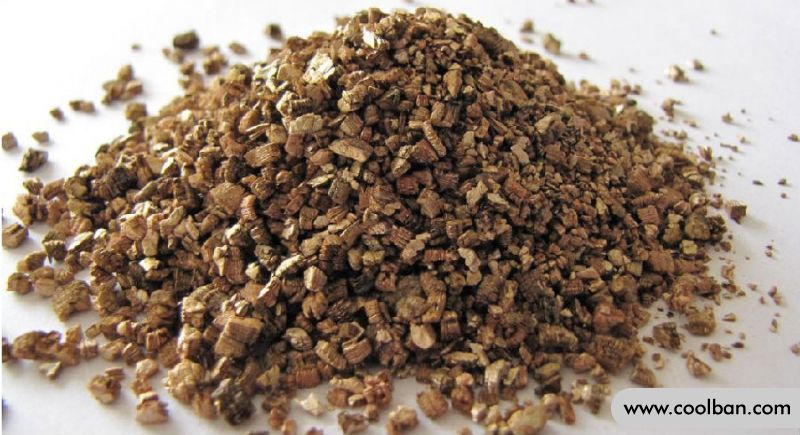How to use vermiculite planting soil?
Vermiculite is a non-toxic inorganic mineral that expands at high temperatures. This is a relatively rare silicate mineral. Its crystalline structure is a monoclinic crystal, which is very similar to mica in appearance. Vermiculite is formed in a certain amount of granite. Usually occurs with asbestos. Because vermiculite has good ion exchange properties, it is a good nutrient in the soil.
Vermiculite is also used in agriculture and gardening; from an agricultural point of view, vermiculite can be used as a fertilizer for soil improvement; in gardening, vermiculite can be used for the cultivation and seedling of flowers, vegetables and fruits. The vermiculite can be covered with a damp paper towel to facilitate plant germination. It can also be covered on the soil surface to prevent insects from entering and can effectively prevent insects. It can also be spread on the surface of plant pots as decoration.

What are the functions of vermiculite?
1. Air permeability: It can improve the softness and air permeability of the soil, allow the roots to breathe freely in it, and will not make the plants feel stuffy and airtight, which is conducive to the healthy growth of plants. The water permeability is also very good, which can ensure the normal discharge of water, without causing serious water accumulation, and at the same time, it can reduce the probability of decay and maintain the normal growth of plants.
2. Seedlings and cuttings: vermiculite can also be used for seedlings and cuttings, spread on the vermiculite with a wet paper towel, and then raise the seedlings. The treated branches can also be inserted into cuttings to facilitate rooting.
3. Preventing borers: In the process of planting plants, the soil can be disinfected, and then vermiculite is sprinkled on the soil, which can prevent insects from entering and can also play a role in preventing insects.
4. Decorative effect: Vermiculite has many colors, you can sprinkle vermiculite on the surface of the small pot as decoration to make it look more beautiful.

Characteristics of vermiculite
The use of vermiculite in greenhouses has low consumption of crop growth and fertilizer due to its loose soil, good air permeability, good water absorption, and low temperature changes. In the emerging soilless culture technology, this is an indispensable raw material. Vermiculite has also been widely used in the cultivation of succulents.
Vermiculite is prone to cracking and swells when it absorbs moisture. Its advantages lie in ventilation, water retention, hydraulic conductivity, and promote the development of plant roots. However, vermiculite is easy to break and is not suitable for planting large, old piles and other succulents, but it has good effects in sowing and seedling raising.

How to mix soil for vermiculite planting?
Vermiculite cannot be used alone to grow flowers, because vermiculite has no nutrients and cannot provide enough nutrients for plants. Ordinary soil mix can be 1:1:3 of vermiculite, perlite, and peat soil.
Anyone who raises succulents is exposed to vermiculite, a commonly used succulent soil.
Vermiculite can also be mixed with peat soil 1:2 and used directly for succulents. Vermiculite can be applied directly without adding other medium.
Vermiculite is a granular soil that can be mixed with other media. For example: pumice, volcanic stone, perlite, green zeolite, etc. The comprehensive form of vermiculite is better than that of perlite, and its function is to adjust the humidity of the soil. In addition, vermiculite can be replaced by pine scales with certain nutrients. If you put vermiculite in the soil, you don't have to add perlite, both of which act as drainage.
